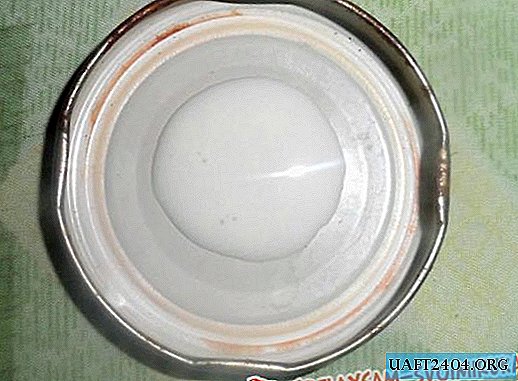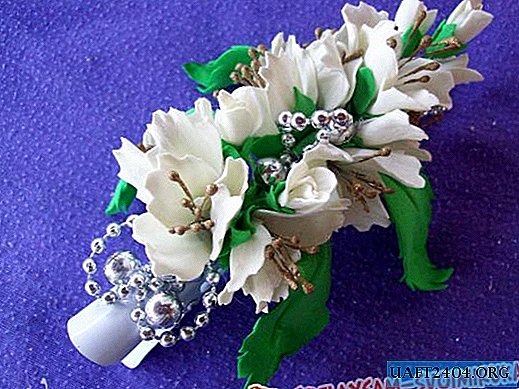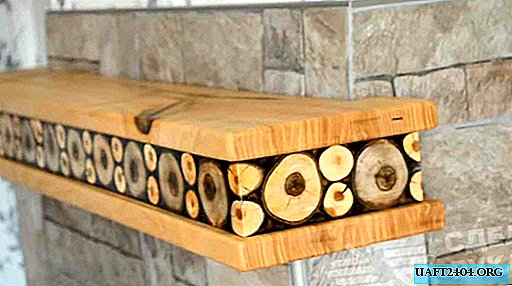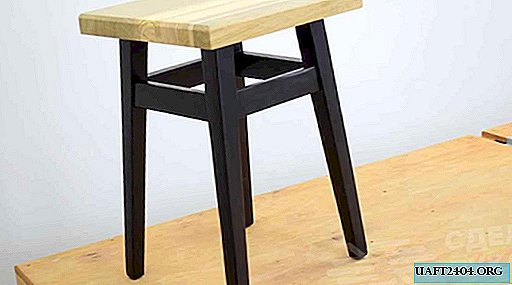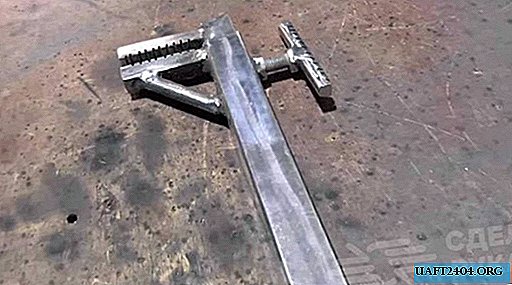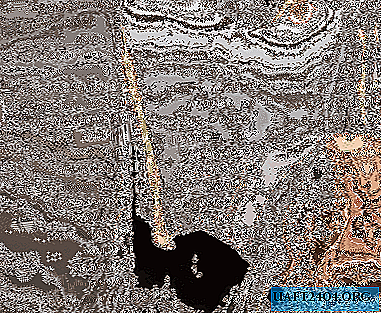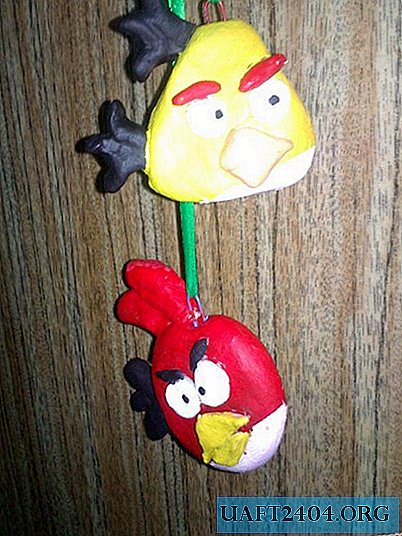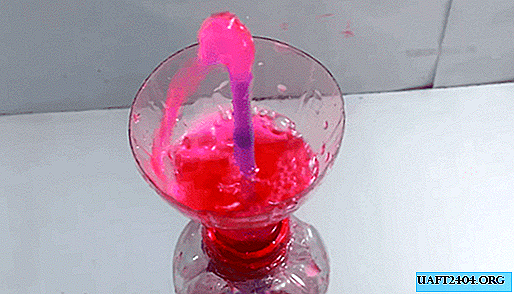
If a large number of plastic bottles from under sparkling water have accumulated in the country or at home, do not rush to throw them in a landfill - they can still be useful in the household. For example, an empty container is suitable for the manufacture of simple homemade fountains, with which it is easy to organize an irrigation system for irrigation of the lawn (in case there are no sprinklers and sprinklers for the garden at hand).
And you can usefully spend your free time with your children by making a fountain out of a plastic bottle. Such a homemade product will be very interesting for young inventors and quite simple to manufacture.
A fountain that works itself out of plastic bottles

The classical scheme of the Heron Fountain is described in physics textbooks of the 7th grade, and consists of 3 containers with water, located one above the other and connected by three tubes. For a home experiment, empty plastic bottles for mineral water or soda are just right. The first tube comes out of the upper bowl and drops to the very bottom of the structure. The second, which is attached separately from the first, leaves the lower tank, enters the middle and reaches almost to the very top. The third tube goes from the bottom of the middle tank and enters the upper bowl.
By default, all liquid is in the medium tank. In order for the fountain to start working, you need to add a little water to the upper bowl - then along the first tube the liquid will automatically flow into the lower tank until it is completely filled. At this time, air pressure will increase, which will be transmitted through the second tube to the middle tank. At the same time, water will also be affected by pressure, as a result of which it begins to rise through the third tube into the upper bowl and flow upward. Having completed this standard task in physics, you can repeat the experience of the great Greek mathematician and inventor Heron of Alexandria.
Do-it-yourself fountain of Geron
The site provides instructions on how to make a fountain from plastic bottles, which will help to complete the experiment without errors. For this experiment, you can use empty containers of any volume. First you need to make a bowl of the future fountain - cut off a “cone” with a neck of the desired height from one bottle. Connect all the structural elements as shown in the figure below, having previously drilled holes for the tubes.

It’s very simple to activate the Geron’s fountain from the bottles yourself: first fill it with an amount of water equal to the volume of the average capacity, then wait until it completely drains into the lower part of the fountain, and then turn the structure upside down. The liquid will begin to flow into the middle tank. This process is also called “fountain charging” because it lasts until all the water flows down. Starting the fountain is also simple - add some water to the bowl to close the system, and enjoy the amazing sight.
Do-it-yourself fountain from the bottles will work until water is consumed in the middle tank - then recharging will be required. Please note that the larger the plastic bottles in volume, the longer the fountain will function. The height of the stream will directly depend on the actual difference in water level in the middle and lower tanks. The main thing is not to get confused with the pipes.

Another important point that you must pay attention to is the tightness of the joints. For this reason, after the assembly is completed, the place of entry of the tubes in the covers is filled with hot melt adhesive or sealant. If there is no sealant at hand, an alternative is to use regular plasticine, but keep in mind that leakage is possible in this case.
Expendable materials
To make a homemade mini-fountain, improvised materials are used that can be found in any home:
- plastic bottles for soda or yogurt;
- flexible hose, glass tubes or cocktail straws;
- hot melt adhesive or sealant;
- drill or nail (to make holes).
If instead of rigid tubes you will use a flexible hose, then in the plastic covers (at the joints) you can insert segments from the thick core of a ballpoint pen or connectors from a dropper.
Instruments
To make a fountain, you will need a minimum of tools: a stationery knife or scissors, a gun for working with hot-melt adhesive or other quick-drying sealant, an electric drill or a screwdriver - if you will drill holes in the covers.
If you understand the principle of this fountain and master its manufacture, something similar can be done at the cottage.

